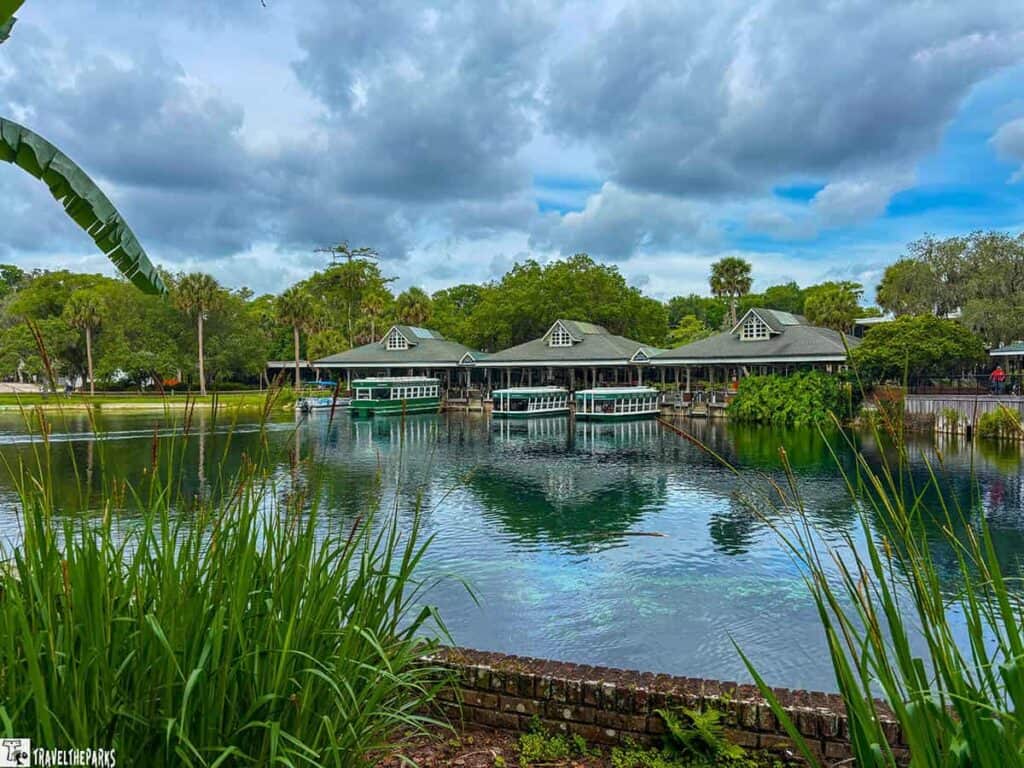The Crooked River Lighthouse is a treasure among the hidden gems along Florida’s Forgotten Coast. This historic light lies just outside the small town of Carrabelle, an iconic landmark for those people who are exploring Florida’s lesser-known but incredibly scenic Gulf Coast region.
This post may contain affiliate links, meaning if you purchase something through one of these links, we may earn a small commission at no extra cost to you! Read the full disclosure policy here.
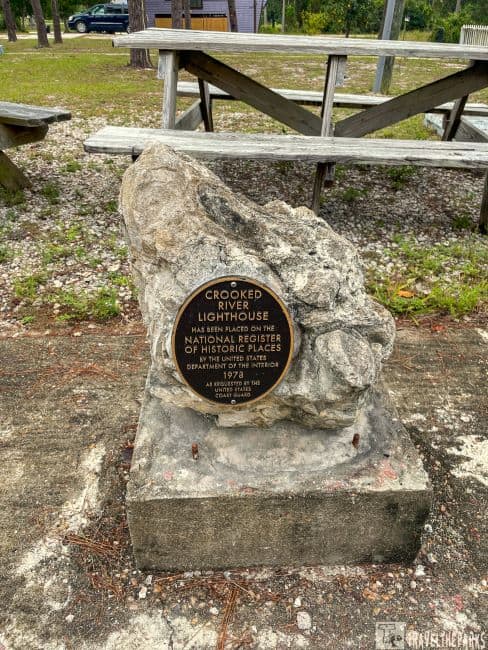
Table of Contents
Getting to the Crooked River Lighthouse
The Crooked River Lighthouse sits along Florida’s Forgotten Coast. This stretch of coastline boasts untouched beauty and peaceful charm. This part of Florida seldom gets overbooked when visitors prefer the more famous destinations, such as Destin or Panama City Beach, which is part of what gives the Crooked River Lighthouse and the surrounding region such a special, quiet appeal.
- From Tallahassee, Florida: head south on U.S. Highway 319 to Crawfordville, then merge west onto U.S. Highway 98 to Carrabelle. Continue west on U.S. Highway 98 until the lighthouse appears along the highway just outside of the town of Carrabelle. To your left off of the highway you will see the lighthouse. Look for the entrance sign.
- From Panama City Beach, Florida: take U.S. Highway 98 east from Panama City Beach, about 1.5 hours toward Eastpoint and Carrabelle. Remain on U.S. 98 through Carrabelle. The Crooked River Lighthouse will be on the right just outside the city. Watch for the signs at the lighthouse entrance.
- From Apalachicola, FL, go west on U.S. Highway 98 (about 30-40 minute drive). Stay on Highway 98 through the villages of Eastpoint and Lanark Village. Just keep going west along the coast until the Crooked River Lighthouse comes into view on the left, just outside of Carrabelle.
What Visitors Should Know about Crooked River Lighthouse
- Admission Fees: There is usually a small fee ($6) for climbing the lighthouse, which helps fund the maintenance and preservation of the lighthouse. Admission to the Keeper’s House Museum and the surrounding grounds is often free.
- Hours of Operation: The lighthouse is typically open for tours on Wednesday thru Sunday 11 AM – 5 PM.
- Wear comfortable shoes for climbing the lighthouse if you want to go to the top. Don’t forget your camera for the beautiful views, as the lighthouse offers some of the best vantage points in the area. As always, bring plenty of water if you plan on walking around or exploring for a while.
- Parking: If you’re traveling by RV, the Crooked River Lighthouse is RV-friendly and there’s plenty of room to park your vehicle.
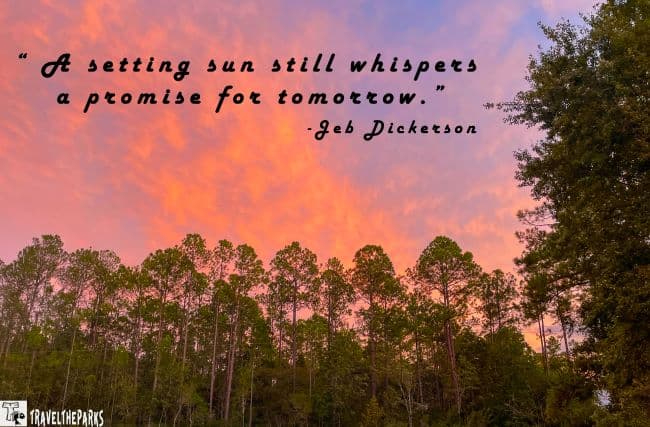
History of the Crooked River Lighthouse
In 2007, the U.S. Coast Guard transferred ownership of the lighthouse to the Crooked River Lighthouse Association, a nonprofit organization that has since dedicated itself to preserving the site and sharing its rich history with the public. The Keeper’s House today functions as a small museum providing insights into this part of coastal history. Over the years, the Crooked River Lighthouse underwent several restorations, especially as it became outdated and less functional because of new technologies like automated lights and GPS.
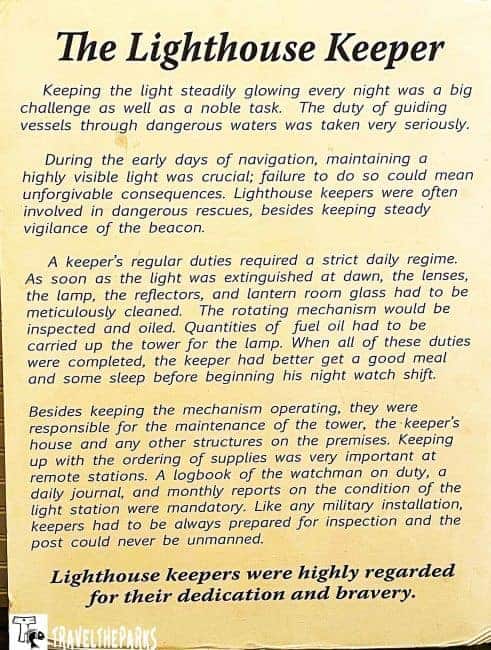
A residence was to be built for the keeper of the lighthouse, as proximity was most necessary for the safe operation of these beacons, especially without automation. The keeper was responsible for operating and maintaining the lighthouse. It was imperative they keep the light continuously visible and operating day and night in all kinds of weather. The early lighthouses had lamps of kerosene on wicks. Besides refueling the kerosene, the keeper diligently readjusted the wicks each evening and morning to guarantee the lamps functioned reliably.
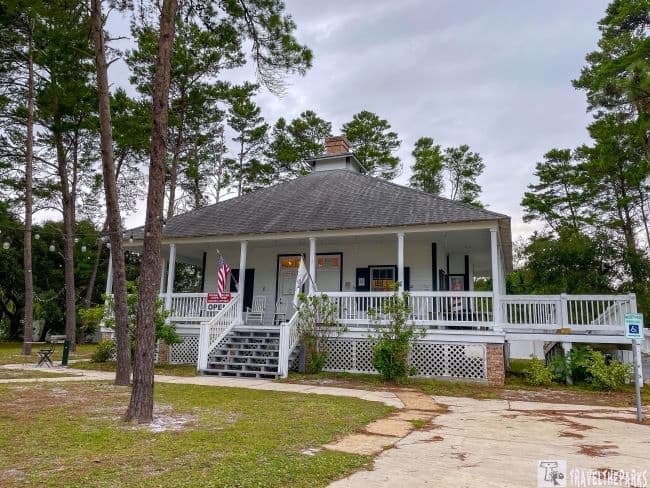
Explore the Hidden Treasures at Keeper’s House Museum
Today, the keeper’s house, houses a small museum with interactive exhibits that almost go minute by minute to explain what life was like for the keepers who lived here. Outfitted with period-correct furnishings, the house invites visitors inside to transport themselves in time, to imagine what life would have been like in this quiet, coastal outpost. There is a lot of information about the lens operation and the duties of the keepers.
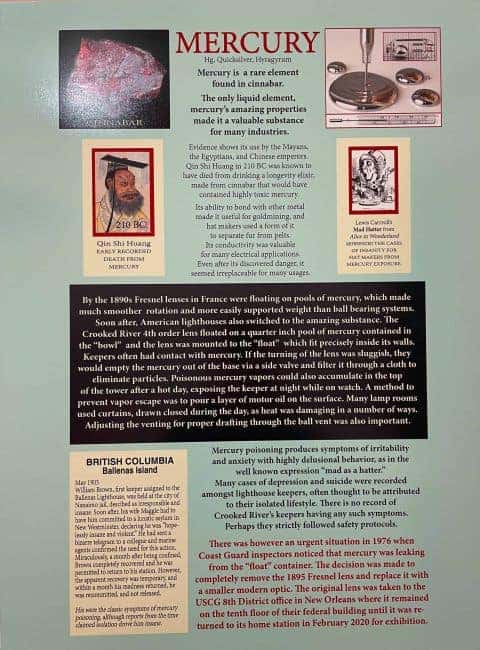
Masterpiece of Technology: Using Mercury in Lens Operation
The lens system was one of the most fascinating aspects of early lighthouse technology. A mercury float typically powered these lenses, enabling them to rotate smoothly. A specialized design, the Fresnel lens focused the light into a powerful, visible beam that could be seen over great distances. The lens sat atop a rotating turntable, which swept the light in a sweeping motion, allowing it to be visible from all directions.
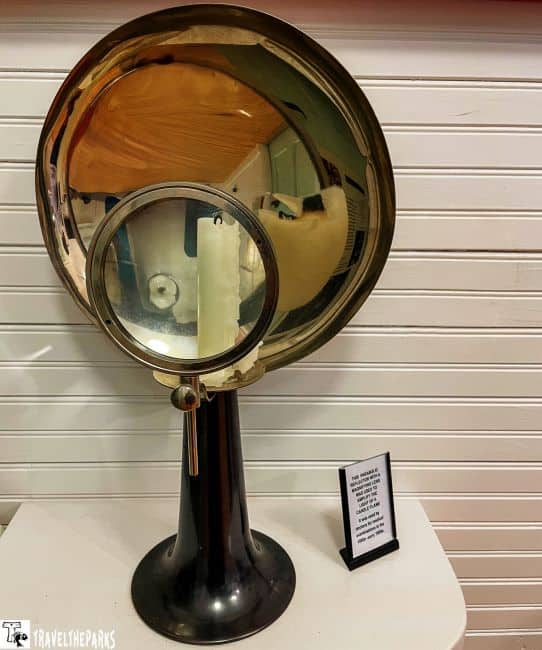
To minimize friction and allow the lens to rotate freely, a mercury float was used. The mercury acted as a lubricant, creating a nearly frictionless surface that enabled the lens to rotate with minimal effort, making it easier for the keeper to maintain the light’s rotation. While the use of mercury represented a significant technological advancement at the time, these systems were delicate and labor-intensive to maintain. The keeper had to inspect the lens regularly and ensure the mercury was at the proper level and the lens was functioning correctly.
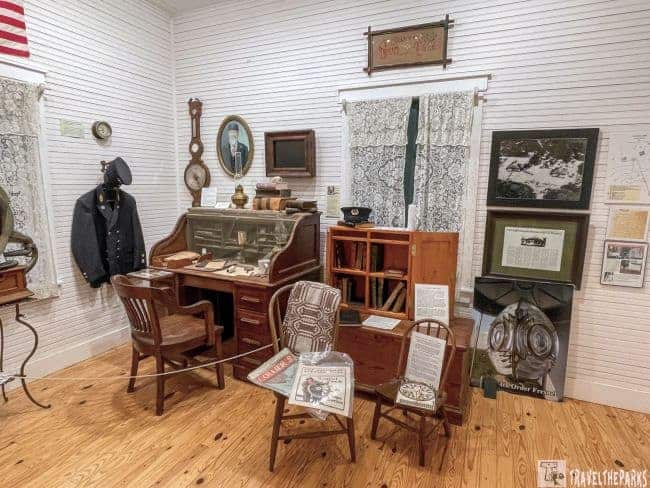
The End of the Keeper’s Era
As new technologies like electric lights, solar power, and automated machinery emerged in the mid-20th century, the traditional role of the lighthouse keeper gradually became obsolete. These automated systems reduced the need for a constant human presence, causing the keeper’s role to diminish. Yet, the legacy of these dedicated keepers and their vital contributions to maritime safety remain an integral part of lighthouse history.
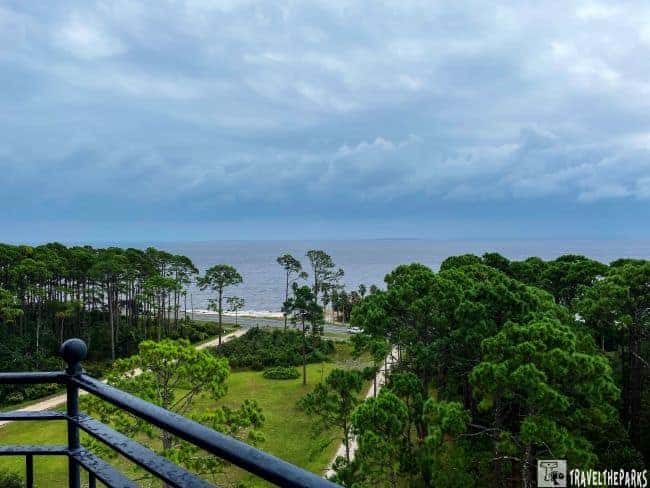
6 Interesting Facts Crooked River Lighthouse
1. The Lighthouse Was First Lit in 1895
First lit on January 1, 1895, the Crooked River Lighthouse guided ships through the treacherous waters of St. George Sound in Apalachicola Bay. The original lighthouse tower at 103 feet became the necessary aid to navigation for vessels plying along the Gulf Coast. It replaced an earlier, smaller lighthouse that could no longer serve the region’s growing needs in terms of heavy maritime traffic. Today it has a 4th order Fresnel lens that still shines nightly.

2. It’s One of the Tallest Lighthouses in Florida
The Crooked River Lighthouse, standing 103 feet tall, was once among the tallest in Florida. It still soars above as one of the loftiest within the Pensacola region. However, it is smaller than Pensacola lighthouse (150 feet), but taller than Cape San Blas (98 feet). Visitors can climb 128 steps to the top for stunning views in all directions. From the top, we could see the beautiful beach of Carrabelle and the mouth of the Crooked River. In fact, sunrise and sunset actually enhance these panoramic views. Today, many photographers come to visit this lighthouse whenever they get the chance.
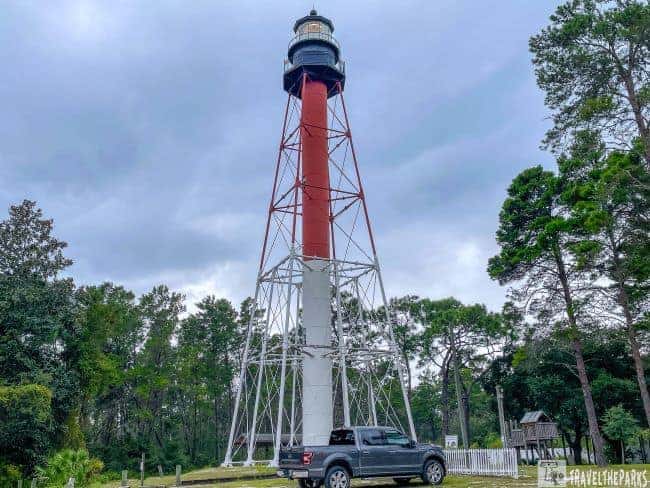
3. The Distinctive Lighthouse Tower Colors
They originally painted the lighthouse a solid red, with the lantern room in solid black. In 1901, they added the distinctive red-and-white pattern adorning the lighthouse today as part of an effort to increase its visibility and improve functionality for mariners. The top section is solid red, while the lower section is white, creating a striking contrast against the surrounding forest.
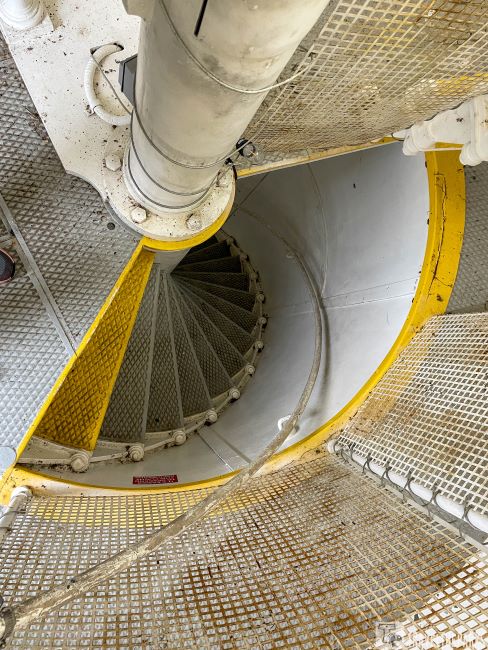
4. Crooked River Lighthouse is an Ideal Location
The Crooked River Lighthouse is an ideal mainland location, constructed in 1883 after earlier lighthouses on the barrier island of Dog Island faced ongoing challenges from the shifting sands, erosion, and harsh conditions that constantly threatened their stability. If the Dog Island lighthouses had not had challenges, this location would never have had its own lighthouse.
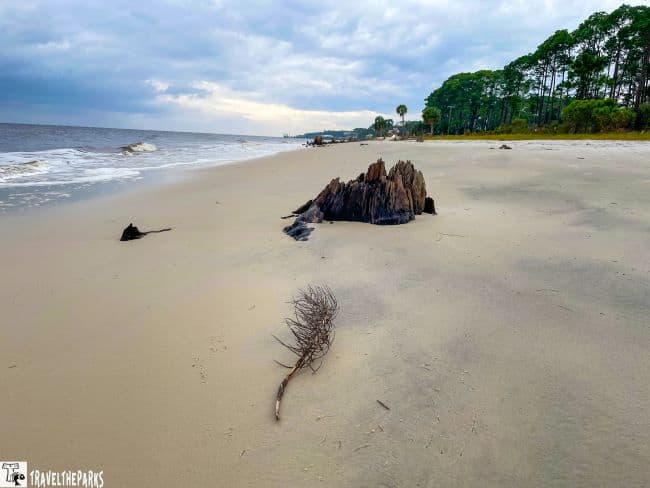
5. The Lighthouse Hosts Special Events and Festivals
The Crooked River Lighthouse Festival, an annual celebration hosted by the lighthouse, has become a much-anticipated event for locals and visitors alike. Typically held each fall, the festival provides a wonderful opportunity to immerse oneself in the area’s rich culture and history. The Crooked River Lighthouse isn’t just a place to visit—it’s a place to experience the essence of Carrabelle and its surroundings, making it an important cultural and community landmark on Florida’s Forgotten Coast.
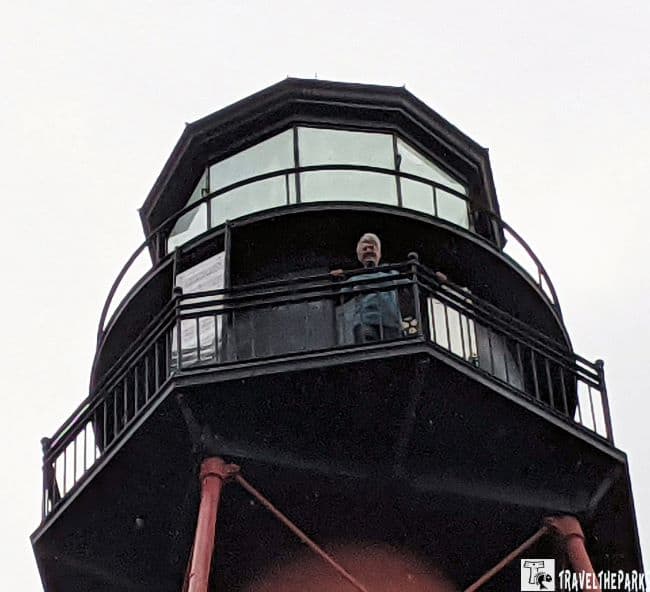
6. It’s a Great Spot for Stargazing
The Crooked River Lighthouse is away from the ambient light of larger cities, meaning it offers excellent stargazing at night. Whether you are the one who wants to see the Milky Way or just enjoy the beauty of the sky at night, the Crooked River lighthouse is the perfect place to view. One can enjoy this amazing view of the heavens by simply bringing a telescope and lying down on the grassy area near it.
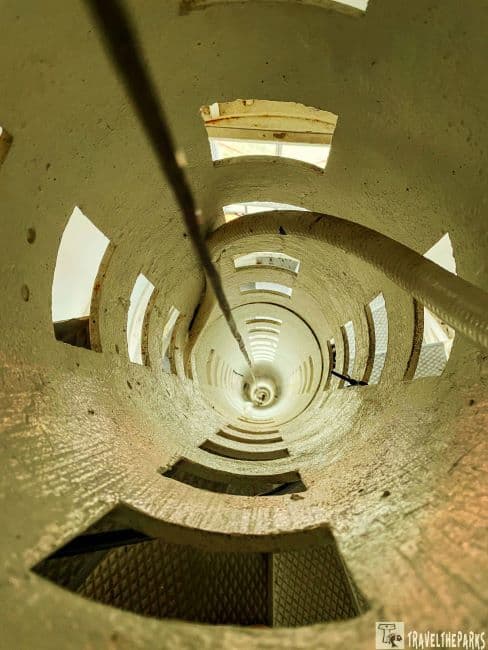
Final Thoughts: A Fascinating Hidden Gem: Crooked River Lighthouse Along The Forgotten Coast
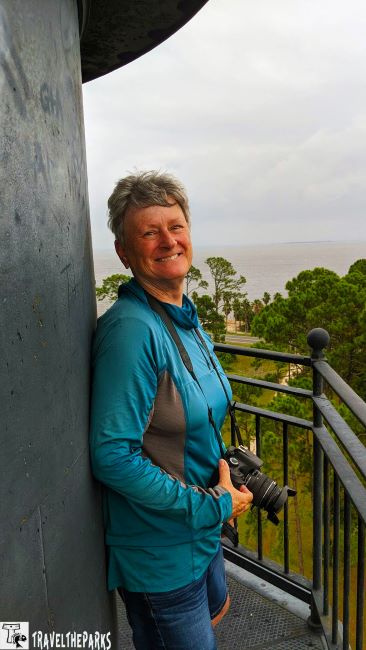
Lighthouses have always been an piqued my interest. They seem to stand as tall silhouettes against the ebb and flow of the ocean’s tides. Perhaps this fascination has something to do with my dear father. As a young child, he told me stories about his time in the Navy. He would frequently tell me stories of mariners falling off course in pitch darkness, only to find refuge in blinding lights emanating from lighthouses that guided them home. He wove his tales of adventure, danger, and hope around the image of these great beacons cutting through the darkness. Lighthouse lore is a timeless bond between mariners and the sea.
It’s a great stop for those who appreciate off-the-beaten-path destinations, and it serves as a perfect addition to an RV road trip or coastal tour through this charming part of Florida. Whether you’re a history buff, nature lover, or just looking for a beautiful spot to take in the view, the Crooked River Lighthouse is truly a fascinating jewel of the Forgotten Coast.
Have you been to this hidden gem the Crooked River Lighthouse? What did you think of it? Do you want to go?


